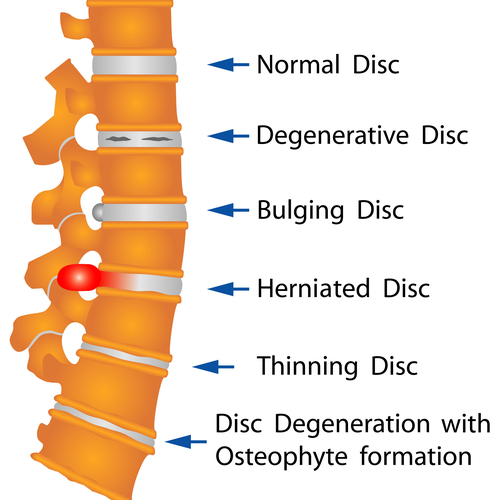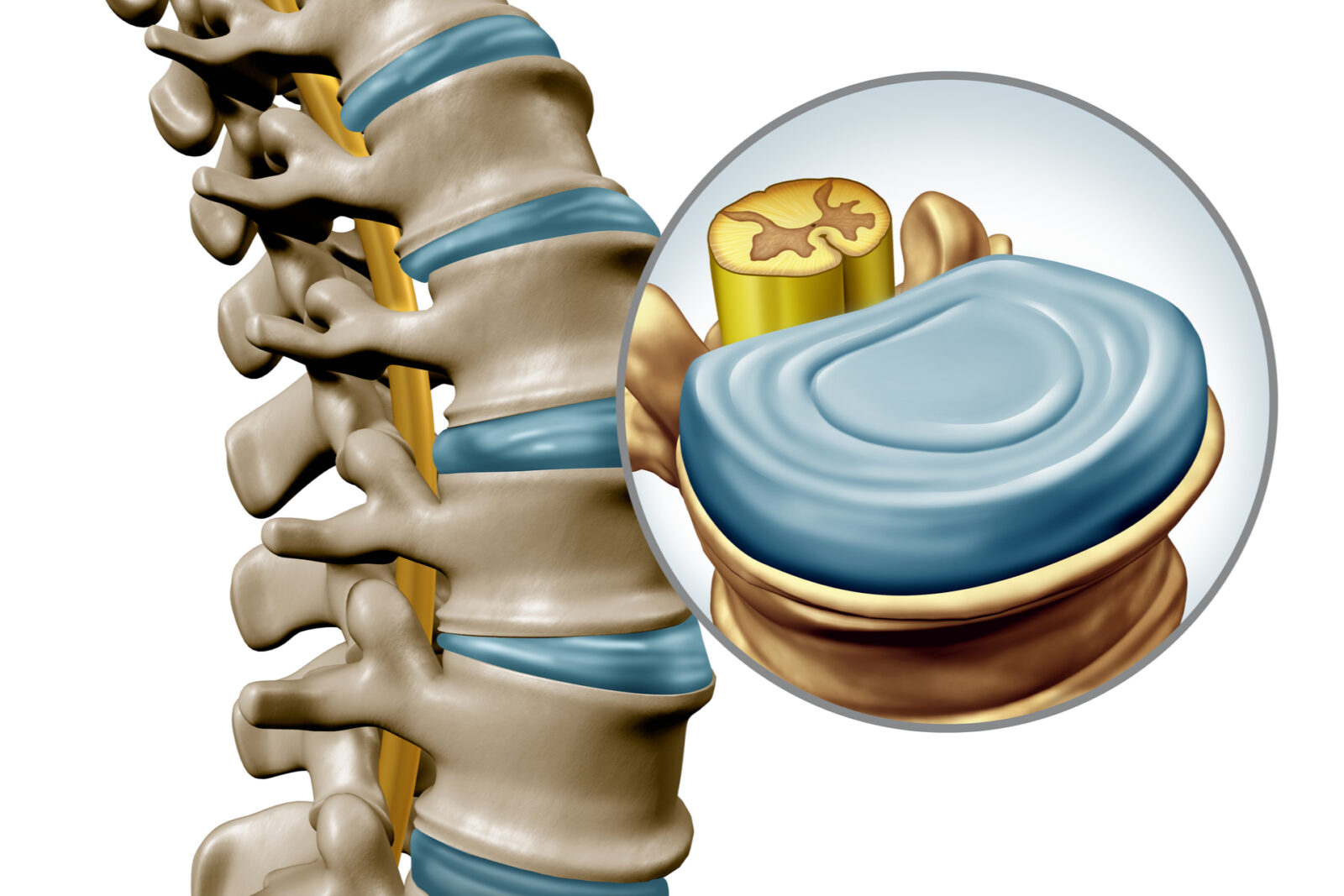About Spinal Decompression:
Normally, when a person is healthy and pain free, motions such as walking, running, etc. provides essential elements for the disc (oxygen, water and nutrients) and pushes out waste and toxins. When pain is present, most of us are unable to do our normal activities of daily living. The disc receives less of what it needs and builds up more of what is doesn’t need. This leads to continued degeneration.
Spinal Decompression relieves pain by enlarging the space between the discs and areas that surround the nerve roots. The table pulls on your spine, gently separating the vertebrae from each other. This creates a vacuum inside the discs. This vacuum allows for the bulges or herniation to be pulled back inside the disc and off your nerve root. It happens only microscopically each time, but the cumulative results can be quite dramatic. The decompression table mimics natural motion and allows the disc fibers to heal by pulling in oxygen and nutrients and pushing out wastes. These nutrients enable the torn and degenerated disc fibers to begin to heal.
Decompression is a very effective treatment for the most severe cases of herniation, degeneration, arthritis, stenosis and pressure on the nerve root. According to a clinical study performed by the Orthopedic Technological Review in 2004, 86% of all cases experienced spinal pain relief with disc decompression.

What is a Disc? What does a Disc do?
The disc is a soft cartilaginous material that separates the spinal vertebrae (bones). We have discs starting in our upper cervical spine (neck), continuing all the way down to the lower lumbar (low back).
The middle of the disc is called the nucleus and outer layer called the annulus. These discs act as shock absorbers and help to distribute the weight of our bodies. For the most part, the discs are avascular (does not receive a good blood supply).
One of the reasons our discs give us so many problems is because they do not heal well without a good blood supply. Blood brings in oxygen and nutrients, and removes the waste from a healing area. In contrast, bones do have a rich supply of blood and when we break a bone it heals quickly and actually stronger than before! Our discs, being avascular, continue to degenerate when injured.
Some benefits of spinal decompression include: heightens the disc space, causes reverse pressure that helps to bring in nutrients, water and oxygen, relieves irritation on the nerve roots, gently stretches and aids the surrounding tightened muscles to relax.
Specific conditions that may be helped include:
- Degenerated discs
- Herniated or bulging discs
- Sciatica
- Spinal stenosis
- Facet syndrome
- Failed spinal surgery


